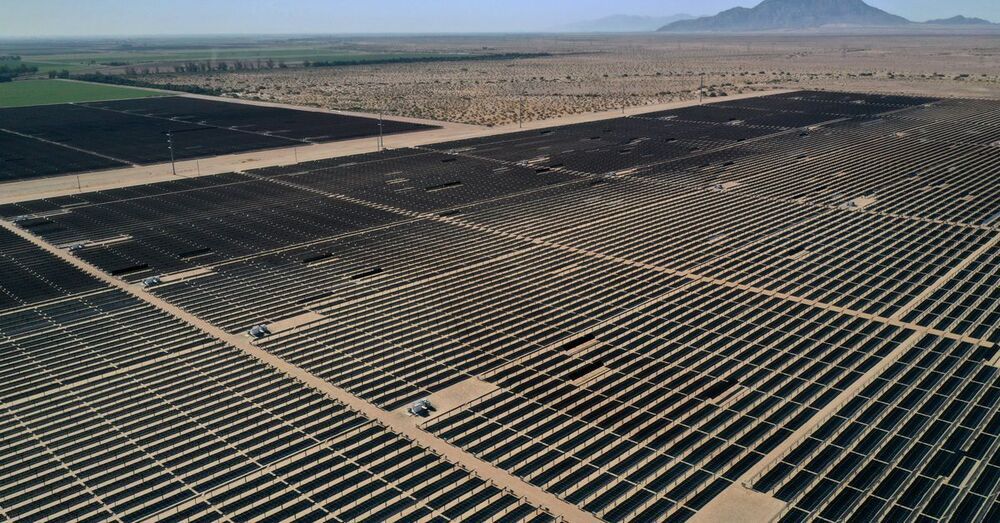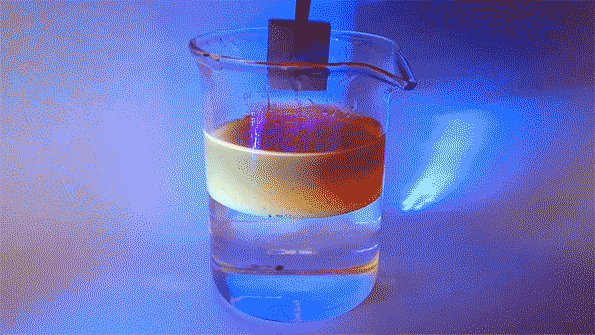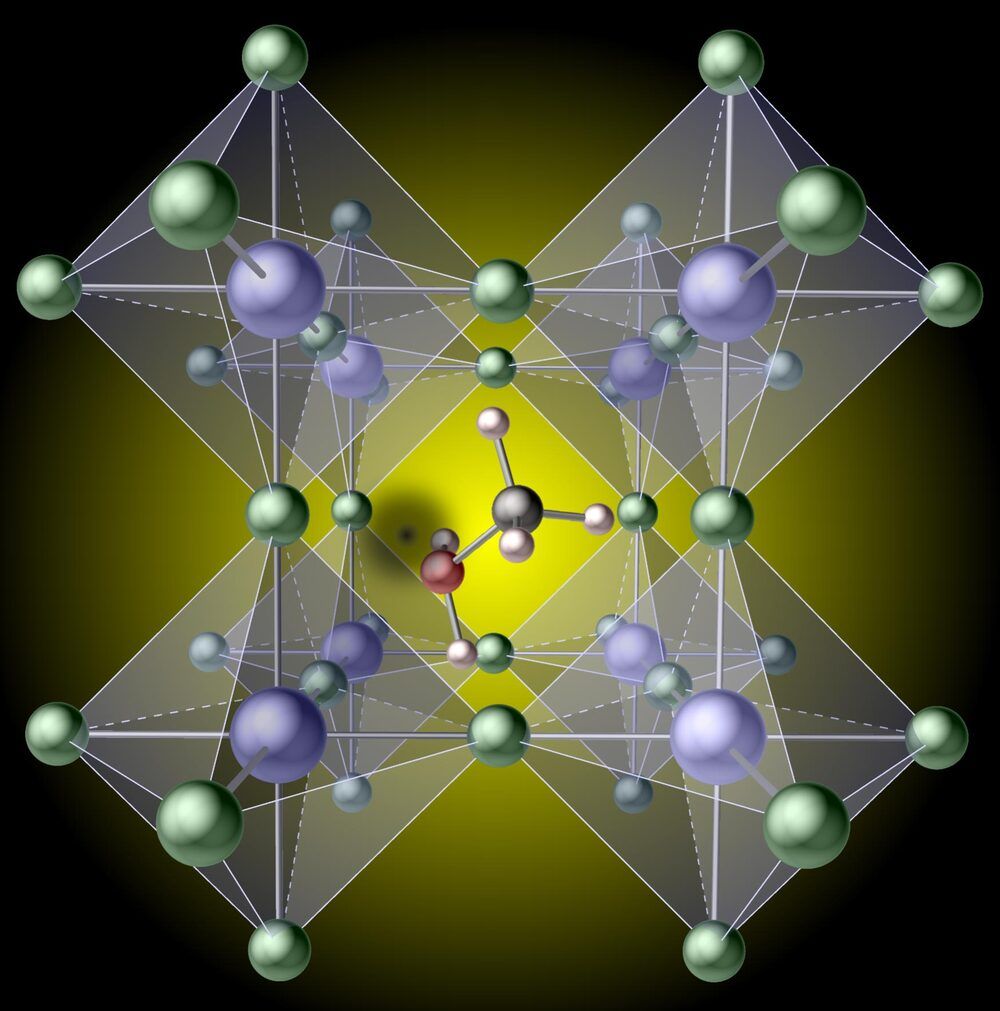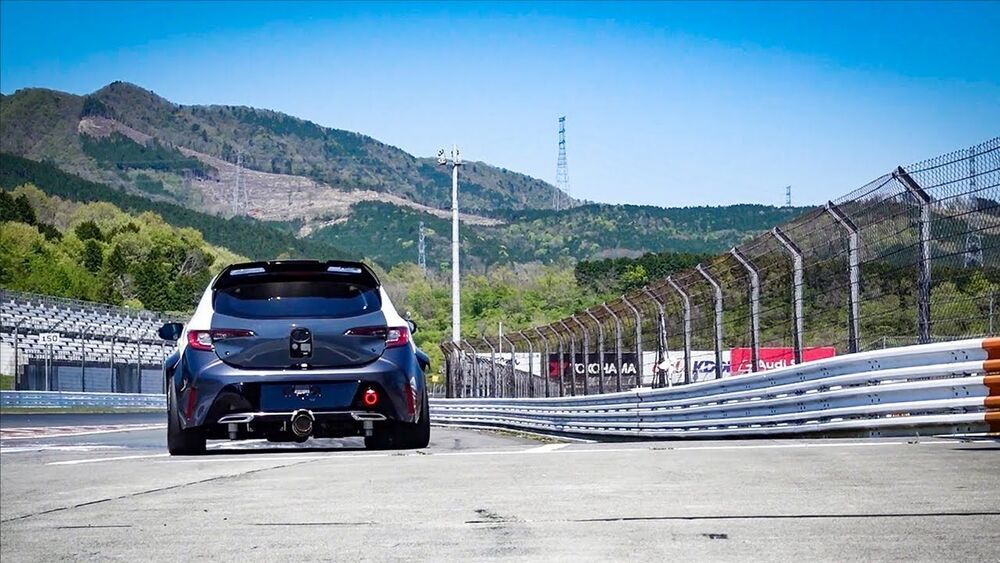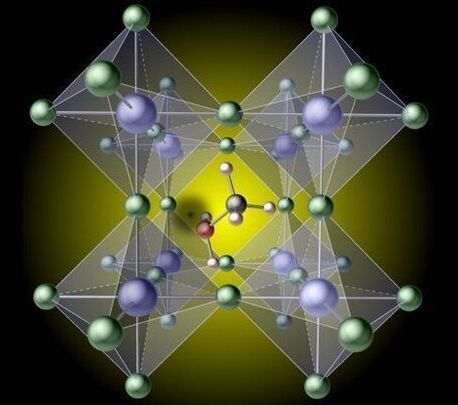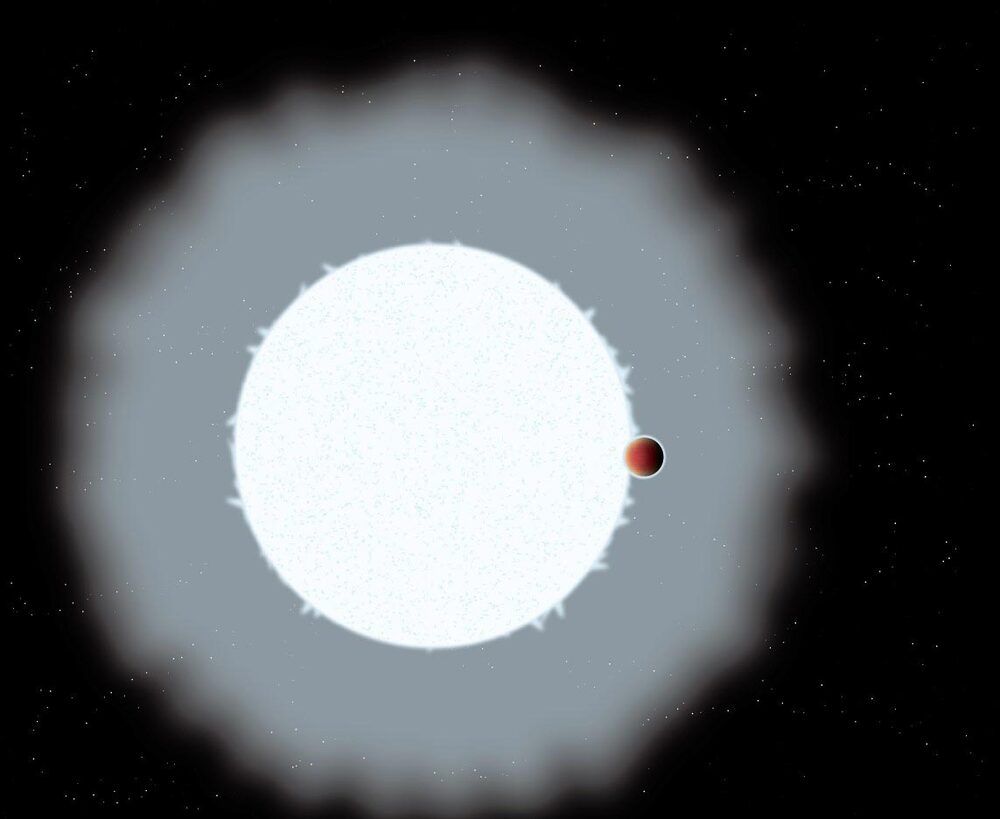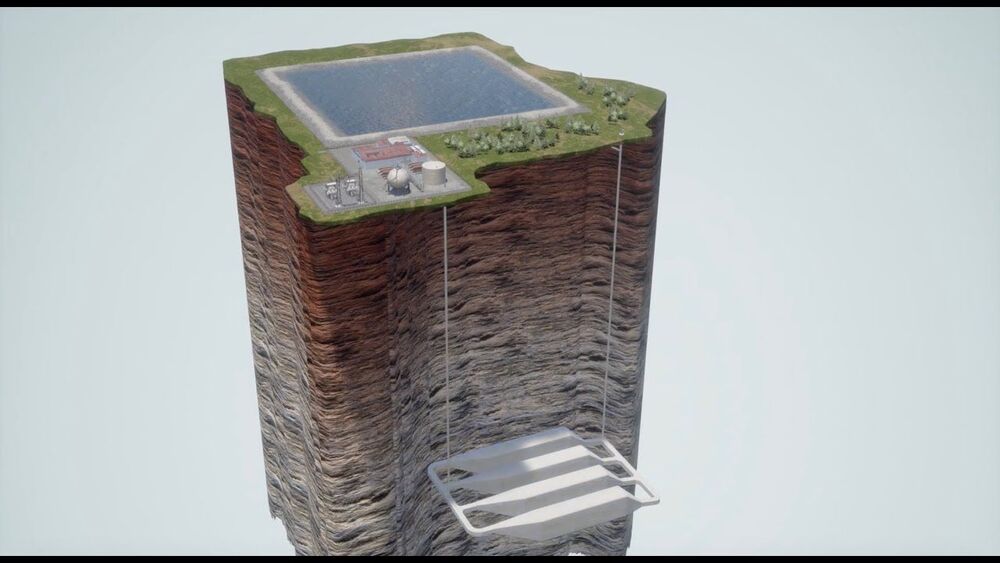Unlocking The Potential Of Salt and Drought Tolerant Crops And Seawater Agriculture — Professor Dr. Mark Tester — Center for Desert Agriculture, King Abdullah University of Science and Technology; Co-founder & CSO, Red Sea Farms.
Professor Dr. Mark Tester is Professor, Plant Science, and Associate Director, Center for Desert Agriculture, Biological and Environmental Science and Engineering Division, of King Abdullah University of Science and Technology (KAUST) in Saudi Arabia.
Prior to joining King Abdullah University of Science and Technology in February 2013, Professor Tester was a professor of plant physiology at the University of Adelaide and the Australian Centre for Plant Functional Genomics from 2009 to 2013. He has a PhD from the University of Cambridge in plant sciences.
The aim of Professor Tester’s research program is to elucidate the molecular genetic mechanisms that enable certain plants to thrive in sub-optimal conditions, such as those of high salinity or high temperature, and then deliver the outputs in economically viable systems, such as barley, rice, tomatoes and quinoa.
An immediate applied aim of the program is to modify crop plants in order to increase productivity in conditions of challenging abiotic stress, with consequent improvement of yield in Saudi Arabia, the region and globally.
A larger aspiration is to unlock seawater, by developing a new economically viable agricultural system where salt-tolerant crops are irrigated with partially desalinized seawater or brackish groundwater.
A company, Red Sea Farms, has been established to facilitate this scientific translation, of which Dr. Tester is Co-founder and CSO.

